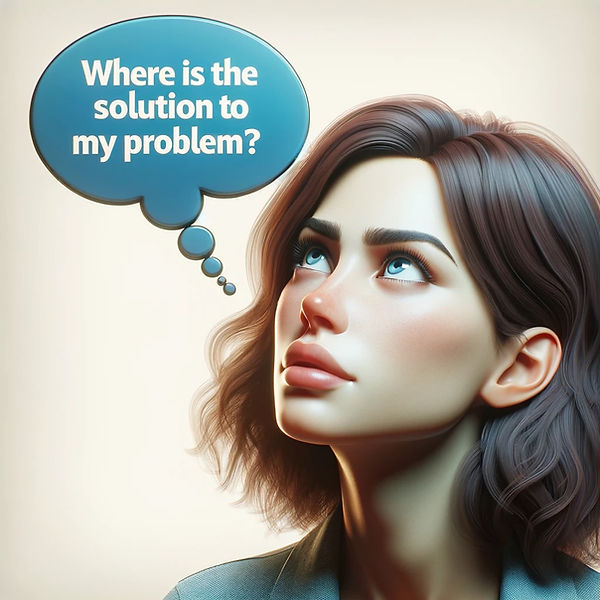AskDwightHow.org 365/24/7

14m 24s


We'll get your problem solved one way or the other. Open this door
The Chair Crisis
"We like our chairs!"
And why is that? Because chairs give us comfort, at least in comparison to standing, stooping, or sitting on the floor or ground.
And how do chairs provide this comfort to us? By relieving us of the necessity to use muscles that we would otherwise have to use if we stood, stooped, or sat on the floor or ground.
The chair is an anti-exercise and anti-flexibility device
The chair, no matter its design, is an anti-exercise and anti-flexibility device when compared to standing, stooping, or sitting.
But, of course, the reason they are popular is that, at least in the short run, they feel more comfortable than standing, stooping, or sitting.
Chairs are ergonomically designed for comfort, not for maintaining a resilient and flexible body
Dating back to 1600, when chairs became accessible not just to the elite but a broader population, it's been a mere 423 years. This is a brief window for any evolutionary pressures to counteract the sedentary and flexibility-reducing effects of chair usage, as opposed to traditional floor or ground seating.
Considering the 200,000 years of modern human evolution during which we adapted to using muscles for stooping or ground-seating to maintain flexibility and resilience, it's clear that the mere 423 years—only 0.2% of that evolutionary time—spent using chairs, stools, benches, and sofas won't offset the potential drawbacks. Without being an evolutionary expert, one can deduce that such a short span in our long-lived species wouldn't significantly affect our ability to rebound from any negative impacts of choosing modern seating over traditional stooping and ground seating.











